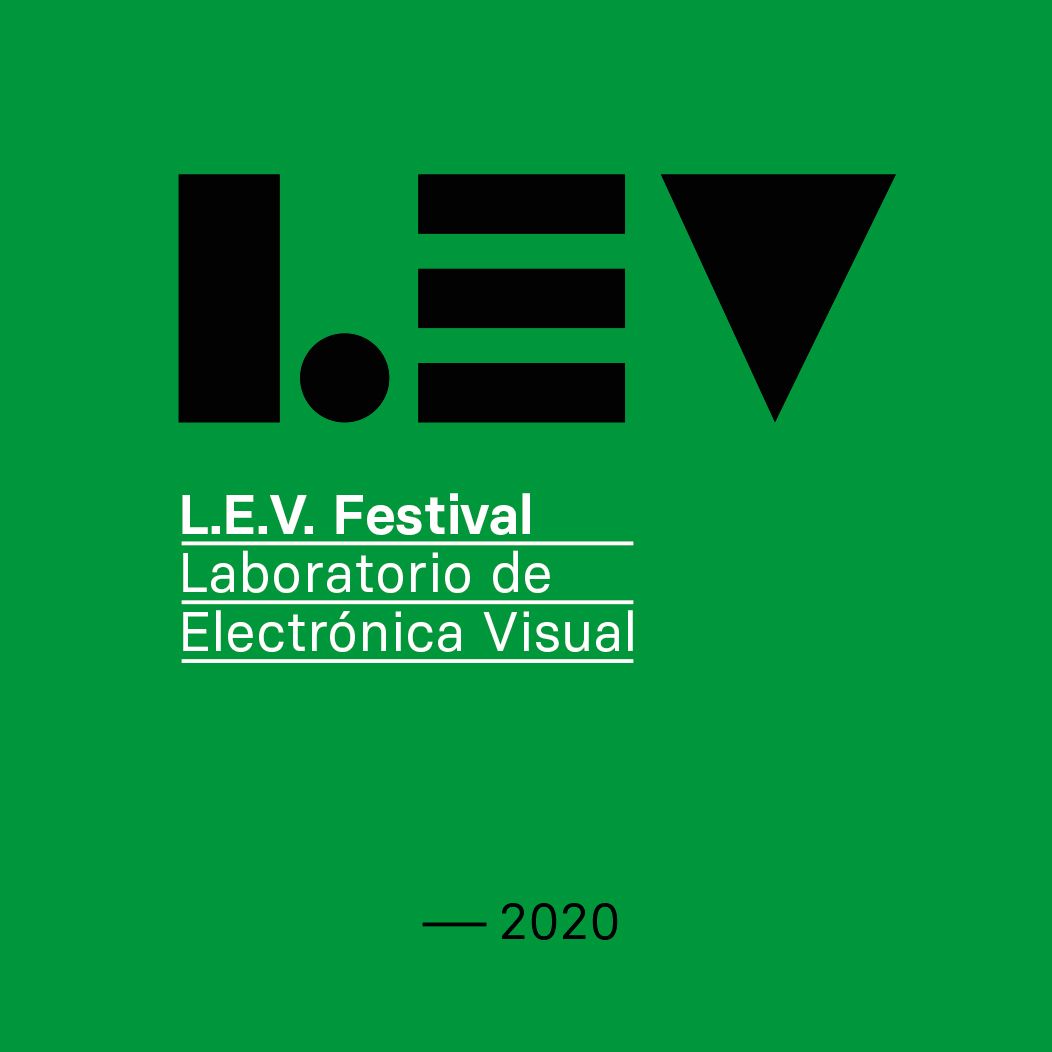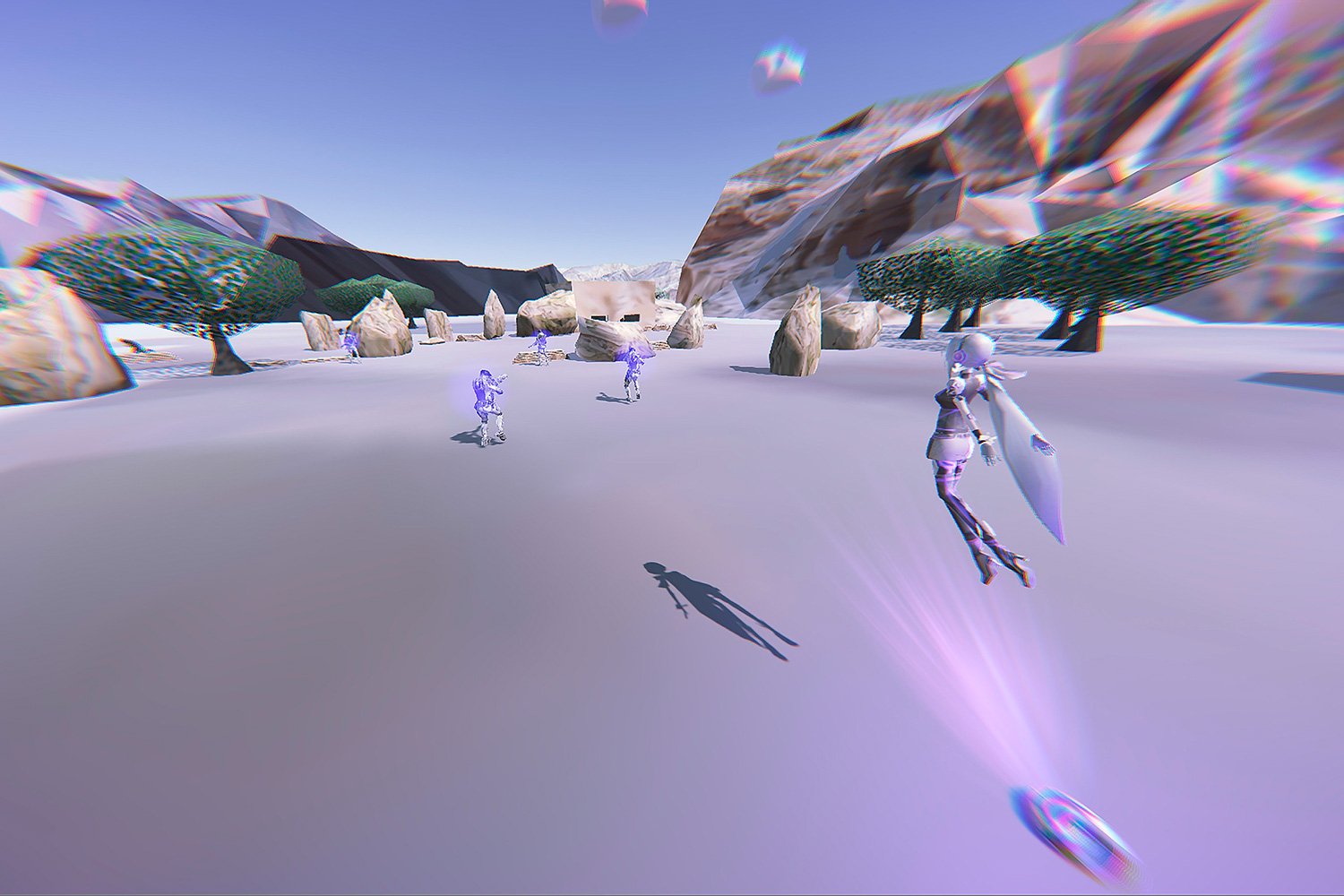LEV festival Matadero
My interactive biodata-driven VR work Project H.E.A.R.T. made in collaboration with Alex M Lee will be on view at LEV festival Matadero in Madrid, Spain from September 24-27, 2020.

ABOUT LEV
L.E.V. (Laboratorio de Electrónica Visual) is a platform specialized in the production and promotion of electronic sound creations, and its relationship with visual arts. It was a European pioneer in this field, and since more than 13 years ago, it tries to converge the natural synergy between image and sound, and the new artistic trends, making special emphasis on live actions.
LEV develops the L.E.V. Festival (in Gijón) and specific, delocalized shows called LEVents. Through both proceedings, the platform reaches its goal: to provide an eclectic, panoramic vision of the current state of creation and all its connections, in an ever-evolving environment. That is why LEV focalizes its work both on international artists that are leaders in audiovisual creativity and local artists, both pioneers and new talents.





